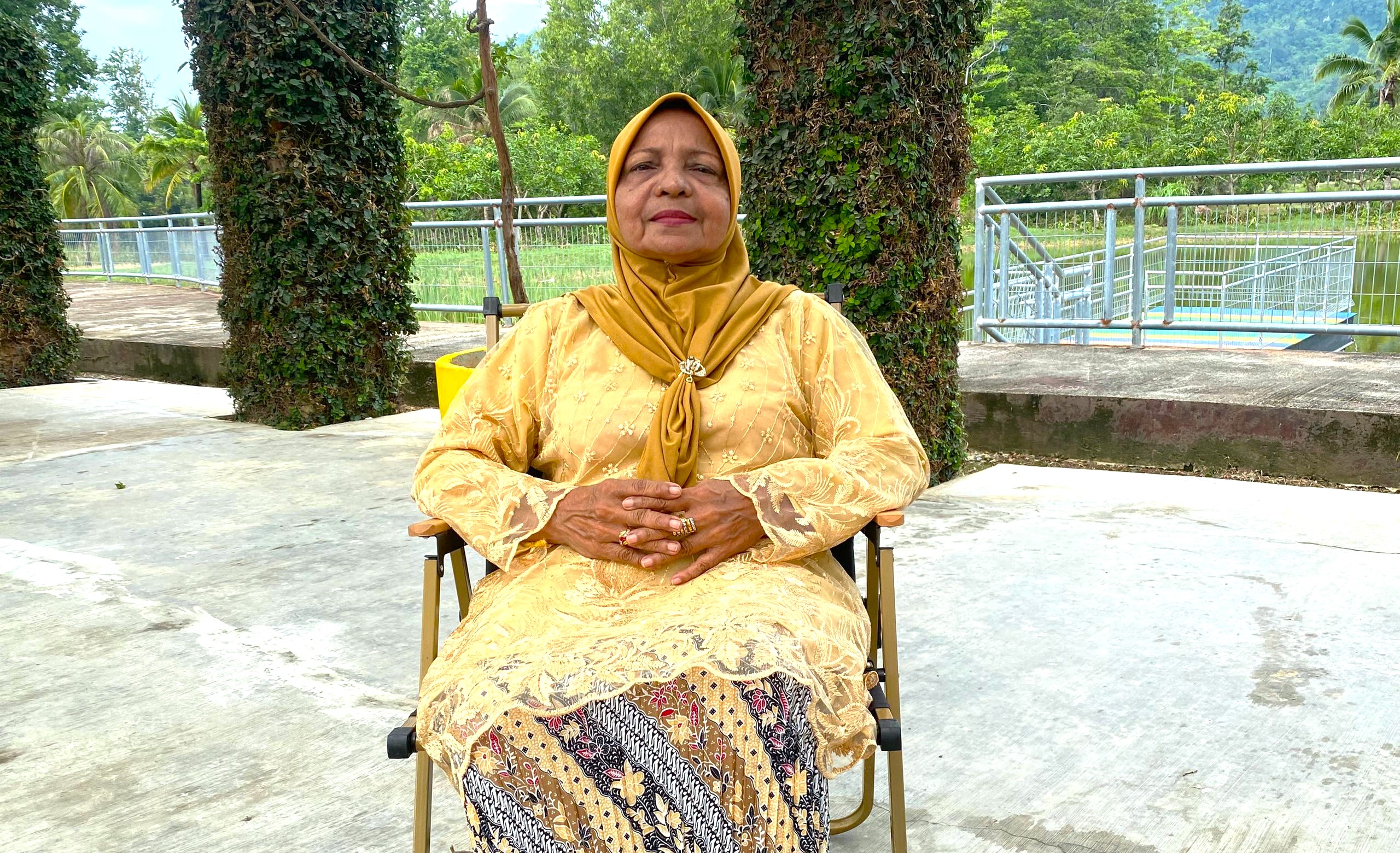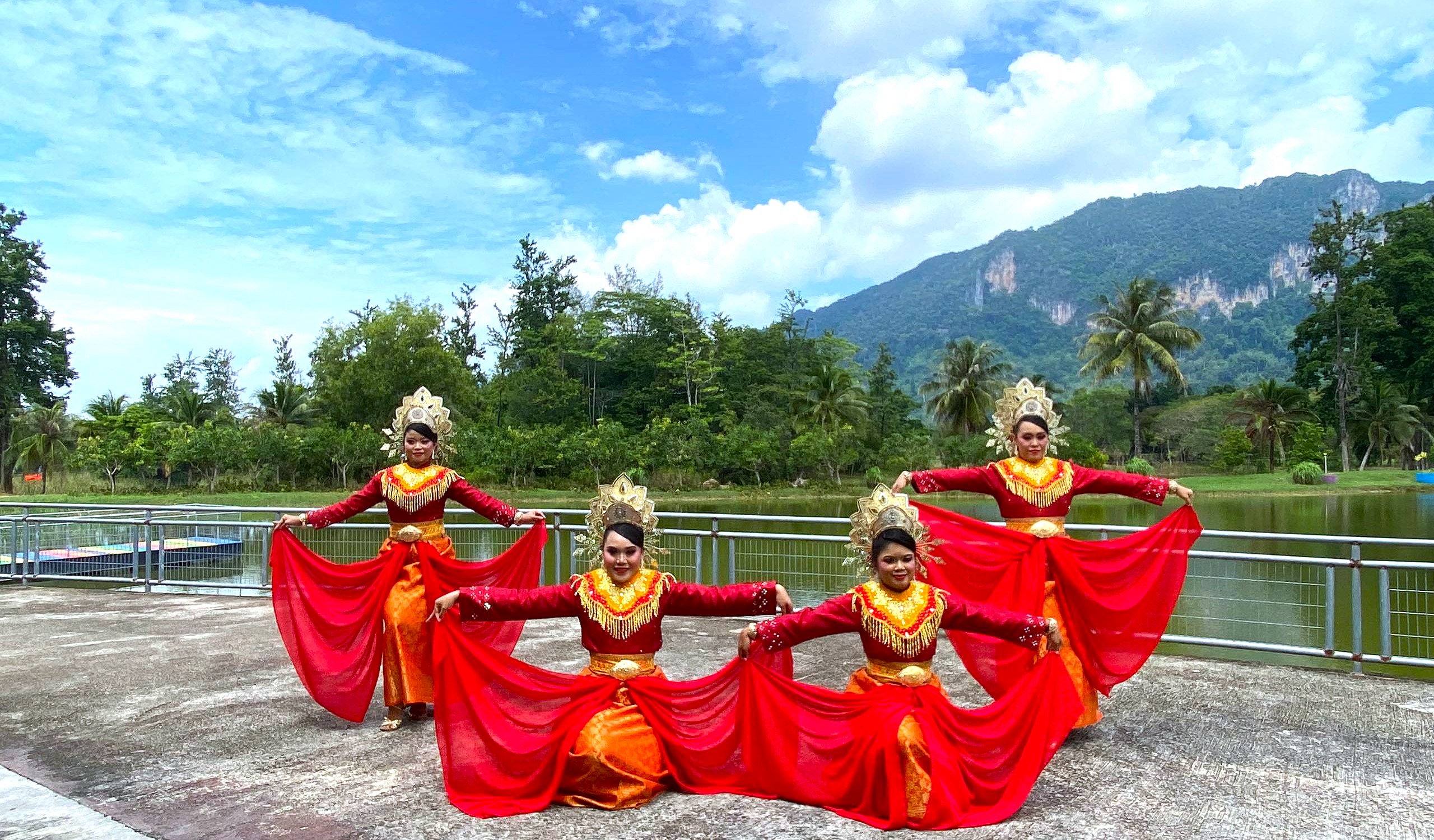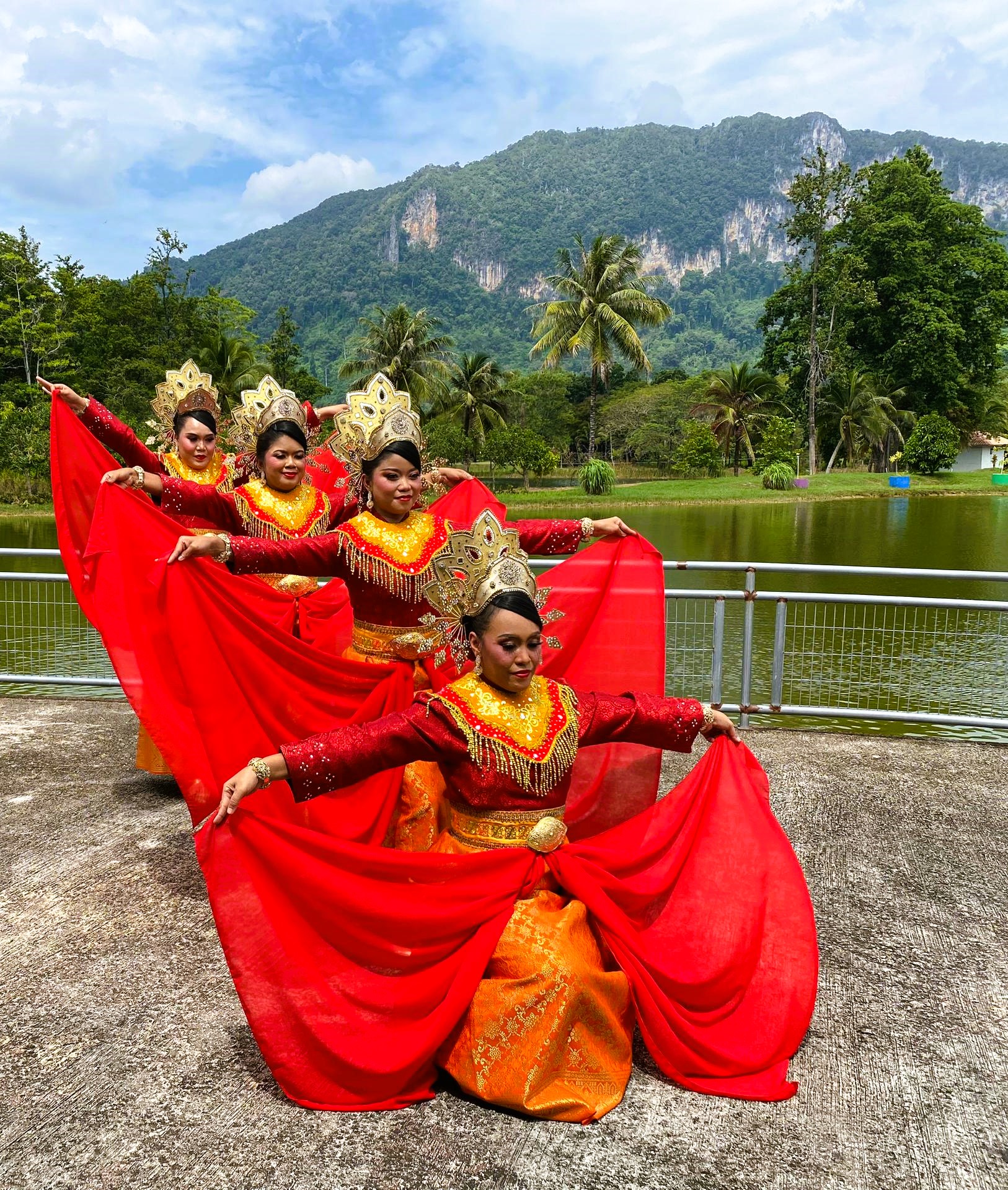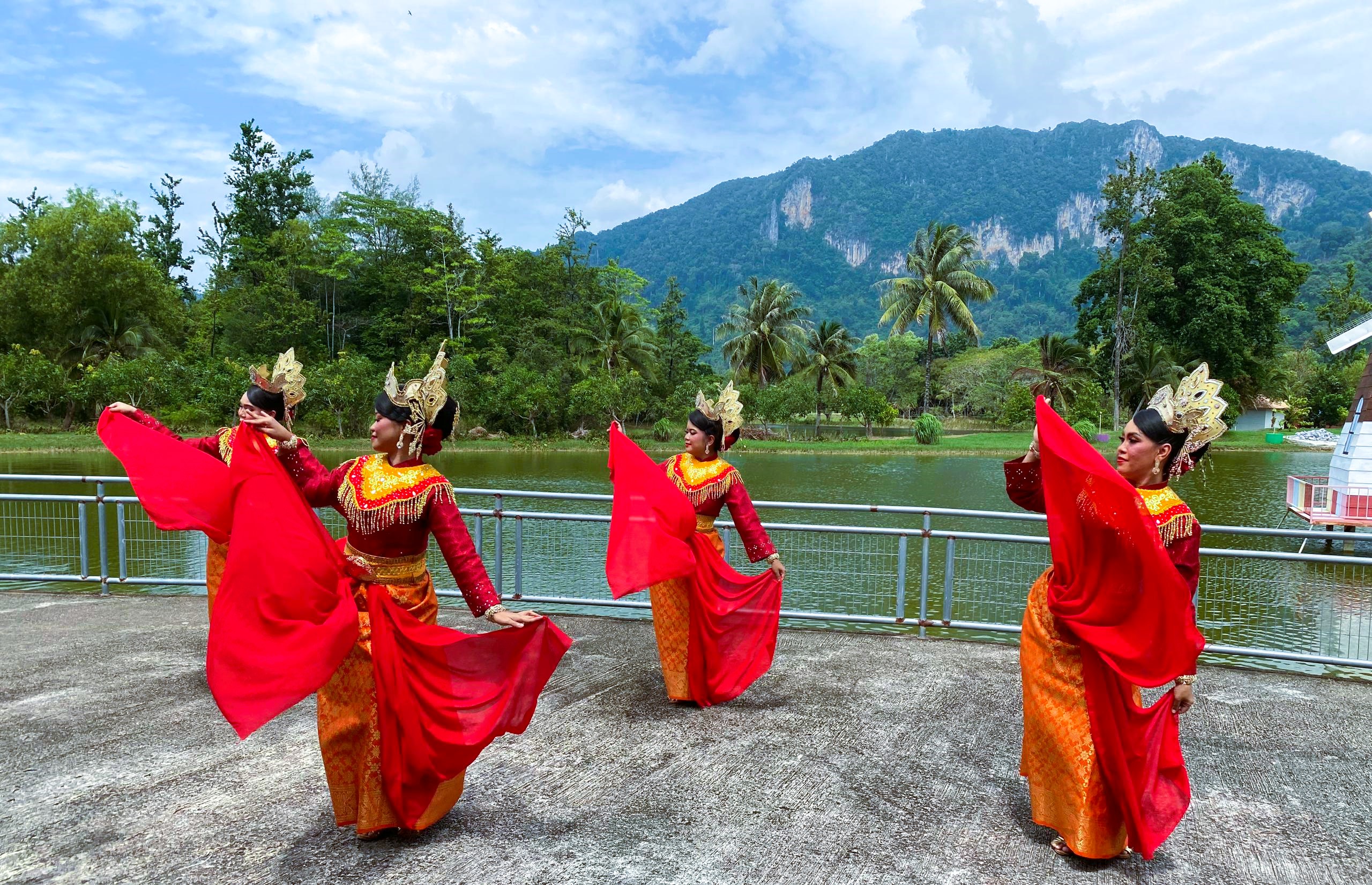ARTS AND CULTURE INFORMATION GATEWAY
Immerse yourself in the colorful world of art and culture! From traditional heritage to contemporary works, discover uniqueness that reflects the nation's identity and identity
LAYANG MAS PERLIS
Picture
5
Video
Available
Today's Visitor
19
Number of Visitors
2027
Introduction and history
Layang Mas Dance is one of the traditional court dances originating from the state of Perlis. This dance holds a unique historical value, as it is believed to have been created during the period when Raja Perlis sent the Golden Flower Tribute (Ufti Bunga Emas) to the King of Siam, at a time when Perlis was under the suzerainty of the Siamese Kingdom. The tribute was delivered by elephant, and during the journey, an elephant herder known as Tuk Jambul, together with his companion Ecan, composed a song titled Layang Mas.
Upon returning from Siam, the two men created a dance performance inspired by the song, and thus the Layang Mas Dance was born. It later became part of the Terinai dance repertoire—a well-known form of royal court dance recognized for its graceful and symbolic movements.
The movements of the Layang Mas Dance highlight the beauty of flowing hand gestures, soft turns, and coordinated shoulder and hip movements. A long scarf, or selendang, is tied around the waist and held between the thumb and index finger, creating the illusion of a bird in flight. This captivating visual enhances the symbolism of gentleness, nobility, and feminine elegance, which is why this dance is performed exclusively by female dancers.
The Layang Mas Dance is traditionally performed at various festive occasions, especially weddings, royal events, and official government ceremonies. It is a form of court entertainment that highlights the elegance, cultural sophistication, and graceful movements of Malay women.
More than just a performance, the Layang Mas Dance holds deep traditional aesthetic value, earning it a prominent place among the cultural dance heritage of Perlis. It reflects not only the softness and poise of character but also the artistic expression of palace traditions that are still preserved today as a vital part of the state's cultural identity.
In the modern era, dance has taken on broader roles in contemporary and inclusive settings. It is regularly performed at national cultural events and traditional dance contests and has become part of the performing arts curriculum in schools and universities. Additionally, it plays a role in cultural diplomacy, being featured in international events as a means to introduce and celebrate Malay cultural artistry on a global stage.
The costume worn in the Layang Mas Dance reflects the refinement and elegance of traditional royal attire worn by palace women of the past. It consists of four main components, while complementary accessories further enhance the aesthetic elements of the dance.
a) Dancer’s Costume
1. Brocade or Songket Fabric
Layang Mas dancers typically wear Brocade or Songket, luxurious traditional fabrics adorned with floral or geometric patterns woven with gold or silver threads. The selection of this fabric accentuates the dance's beauty and nobility as a royal heritage.
2. Bengkong
The Bengkong is a cloth wrapped around the waist, complementing the songket fabric. It symbolizes neatness and order while providing structure to the costume for a more modest and elegant appearance.
3. Bapang (Traditional Blouse)
The bapang is a traditional blouse worn by the dancer. It features a loose-fitting, long-sleeved design, ensuring comfort during movement while maintaining the graceful and dignified character of Malay women’s attire.
4. Selendang (Long Scarf)
The most important element of the performance is the long scarf, tied at the waist and held between the thumb and index finger. This scarf represents bird wings and is used symbolically in dance movements to depict the illusion of floating or flying through the air.
b) Dancer’s Accessories
1. Hair Flower (Bunga Kepala)
Placed on the dancer’s head, the hair flower emphasizes femininity and softness in the dancer’s appearance.
2. Gendik (Forehead Ornament)
The Gendik is an ornamental piece worn across the forehead. It adds a touch of elegance and evokes an aura of nobility in the dancer’s overall look.
3. Pending (Ornamental Waist Buckle)
Pending is a decorative metal waistpiece, often intricately carved, worn to beautify the bengkong and give the wearer a regal identity.
4. Belt
In addition to the pending, a belt is also used to secure the bengkong and support the selendang wrap, ensuring it stays in place during the performance.
5. Hairpin (Cucuk Sanggul)
This accessory secures and adorns the dancer’s hair bun. It is usually made of metal and decorated with floral or nature-inspired motifs.
6. Bracelets (Gelang)
Dancers wear bracelets on both wrists, adding grace and harmony to the gentle flow of dance movements.
7. Dokoh (Chest Ornament)
The dokoh is a chest ornament hanging from the neck to the chest. Usually made of intricately carved metal, it conveys a sense of luxury befitting the royal backdrop from which this dance originates.
The complete costume and accessories enhance the dancer’s appearance and strengthen the visual and symbolic elements of the Layang Mas Dance, which is rich in aesthetic and cultural heritage.
The Layang Mas Dance is accompanied by traditional music that enhances every performance's graceful and elegant atmosphere. This music is known as Gendang Terinai, which originates from the Malay royal court tradition and is typically performed live by trained musicians. Four musicians usually play the accompanying music, each essential to creating rhythmic harmony.
1. Two Long Drum Players
• Gendang Pengibu – plays the main rhythm.
• Gendang Penganak – plays the responding or complementary rhythm.
2. One Serunai Player
• The Serunai provides the main melody and adds emotional color to the dance.
3. One Gong Player
• Plays two gongs known as Gong Jantan (Male Gong) and Gong Betina (Female Gong), which serve to emphasize rhythm and add dynamism to the music.
In terms of musical repertoire, two main categories of songs are typically performed during the Layang Mas Dance. The first category includes traditional Terinai melodies, such as Selong, Batu Belah, Cik Lang, and Cik Sulung, which stem from court traditions and are rich in symbolic and spiritual elements.
The second category includes original Malay folk songs that are more popular or contemporary in nature, such as Mula Pasang, Kutip Siput, Gong Panjang, Kucing Berlaga, Anak Tiung, Cinta Sayang, and Terinai, often performed in a different variation.
Combining these musical instruments and songs produces a soft, flowing rhythm that harmonizes perfectly with the dancers’ graceful movements. Thus, music plays a crucial role in ensuring synchronization between dance gestures and traditional rhythm while also reviving the royal ambiance from which the Layang Mas Dance originated.
Nashirah binti K. Ahmad Kutty. No. 99, Jalan Tok Paduka, Kampung Sena, Kangar, Perlis. 2 Februari 2024.
Reference Source
i. Bahan Bacaan
Ross, L. N. (2011). Rong ngeng the transformation of Malayan social dance music in Thailand since the 1930s. UMI Dissertation Pub. : ProQuest eBooks. http://ci.nii.ac.jp/ncid/BB1527272X
Ross, L. N. (2016). Across borders and genres in Malaysia and Thailand: The Changgong rhythm of the Andaman Sea Coast. Asian Music, 48(1), 58–84. https://doi.org/10.1353/amu.2017.0003
Location
State JKKN Contact Information
Siti Rohayu binti Muhamad
Cultural Officer
Jabatan Kebudayaan dan Kesenian Negara, Perlis
Kompleks JKKN Perlis
Persiaran Wawasan Kangar
01000 Kangar
PERLIS
019-504 0015


